The best way to understand the difference between procurement and purchasing in a business is to consider the process involved in buying a car, says Logistics Bureau’s procurement specialist, Trent Morris.
Procurement First, Purchasing Follows
Procurement: If you’re going to buy a new car, you usually decide what you want before you step out into the street. You consider, for example, the number of seats you want in the vehicle and whether you want a 4-wheel drive, a sedan, or an SUV.
Then you start looking at all the manufacturers and what they have to offer. Once you have done that, you move into getting prices on the vehicles.
The first part, where you are doing research into the industry, that’s procurement. It’s understanding how much you want to spend, the type of car you want, and how many seats you need. It’s looking at what’s available on the market, the different suppliers, what their products are like, whether it matches your needs—it is not actually buying the product.
Purchasing: Once you know what you want, you go out and find what you want for the right price. But it’s not only the price. Sometimes it’s the service capability of the dealership. It could be the after-purchase service or the warranties that you are after. But all of those things become purchasing as opposed to procurement.
Note: Sometimes in smaller businesses, procurement and purchasing might be the same thing.
The Link between Procurement and Purchasing
I would suggest that purchasing is a subset of procurement, in as much as procurement serves to guide the purchasing process.
A purchasing manager or purchasing officer typically won’t buy anything unless the contract has been set up by procurement, so in that way procurement and purchasing are linked.
Sometimes they are decentralised—an operations team may look after purchasing if they’re talking about widgets or something like that, but if you are talking about something more indirect, like travel, that may be governed by a centralised body.
In a small business, usually, it’s going to be a senior person or a director saying, we’re going to buy our widgets from this supplier, and negotiate the supply and prices and so on, and then an admin person or someone in purchasing actually does the buying.
Procurement typically has the authority on behalf of the business to engage with suppliers to make deals. The person who is executing those deals is the purchasing officer and would typically be a more junior resource to the business.
Now let’s look at another aspect of procurement.
Category Management
If you look at procurement as a function of the business, typically it will look after three separate parts of the business.
In simple terms, category management is the understanding of what you’re going to spend and how you’re going to spend it.
The way it works is as follows: A category manager would hand off to a sourcing team and the sourcing team would go out and set up the supply. They would then hand off to a supplier relationship management team, which would make sure the supplier is performing according to the requirements of the house.
Typically there are three categories at a very senior level:
Direct spend: This is the product sold to the market, such as raw materials, hardware, and components. In the fast-moving consumer goods (FMCG) space it could be the ingredients of the liquids, the tins, the bottles—anything that touches the product.
Indirect spend: This includes everything else that is used to get the product to market, either from a supply perspective or a demand perspective. This could include office furniture, equipment, and supplies, computers, and expenditure on maintenance and services needed for day-to-day operations.
IT and other information services: This is a complex environment on its own and requires specialist knowledge.
The Chain of Responsibility
Now we come to the all-important question: Where should procurement report to within the business structure?
There are two possibilities.
1) When the vast majority of a company’s spend is in the direct space, procurement would typically report to the Operations Director, who would want to understand the requirements around the capital employed, etc.
2) In a lot of organisations, however, procurement reports to the Chief Financial Officer.
Logically, the reporting responsibility straddles both of these teams. But who procurement reports to is not as important as the fact that it is required to engage with all parties to ensure that the money is being spent well, and the business is getting the value for money that they want.
Getting a Job in Procurement
An easy way into procurement is simply to stick your hand up and say to the management team, ‘Yes, I’m interested in procurement.’ But make them understand that you want to go in at a point that you have had experience in.
Another way would be to come in at a more junior level, maybe through a graduate programme.
Let us take a quick look at the various jobs that are available in procurement:
1. Chief Procurement Officer
The CPO has overall responsibility for the purchase of components and equipment, and for all procurement contracts. The team under the CPO will negotiate the prices, terms of delivery, and technical specifications of the contracts.
2. Procurement Analyst
The person holding this post is expected to forecast future costs of materials based on historical purchasing costs. In other words, be a boffin in data analysis. He or she should keep tabs on what is being spent, what materials are being bought, and who is supplying these materials.
3. Supplier Relationship Manager
As mentioned above, the Supplier Relationship Manager will make sure the supplier is performing according to the requirements of the contract. Ideally, the person holding this post should enjoy engaging with people and helping to get the best out of them.
In a Nutshell
The difference between procurement and purchasing can be understood using the analogy of buying a car. Procurement is looking at the market, all the different brands and their features, and which brand you might want to buy, and purchasing is going out, negotiating the deal, and buying the product.
This article is based on a video interview with Trent Morris that is available on the Supply Chain Secrets YouTube channel.
We post a new video every week covering a specific aspect of supply chain and logistics. If there is a topic you would like to see covered, please let us know in a comment below—And if you haven’t already done so, subscribe today.
Editor’s Note: This post was originally published on February 16, 2021, under the title “Procurement vs. Purchasing: What’s the Difference?” on Logistics Bureau’s website.


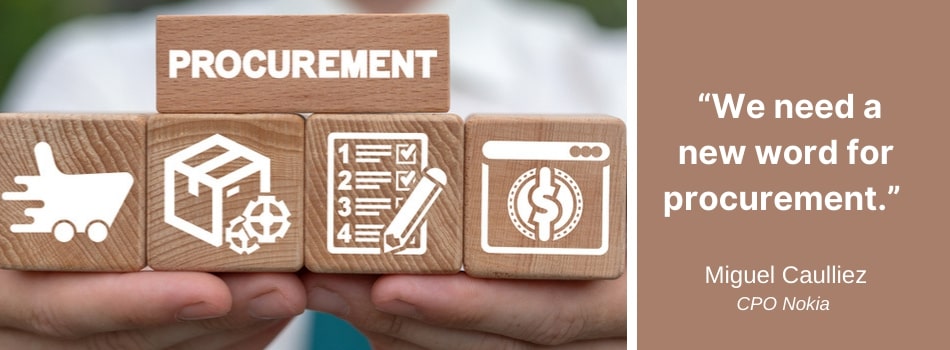
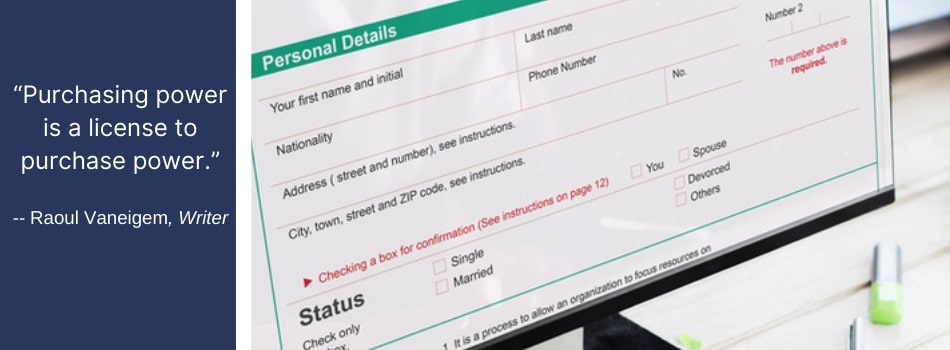
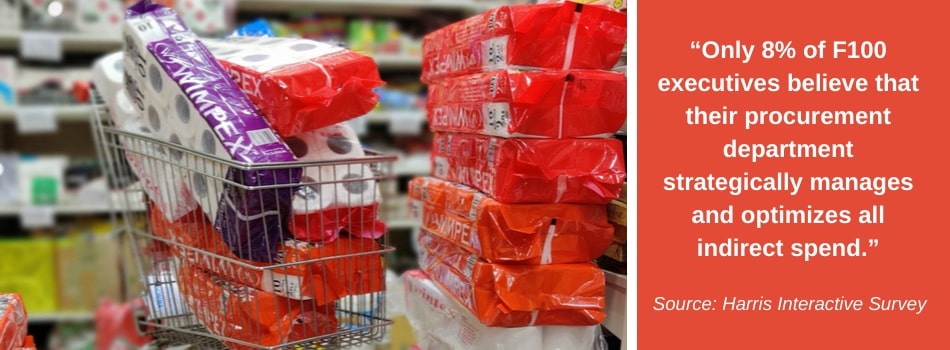
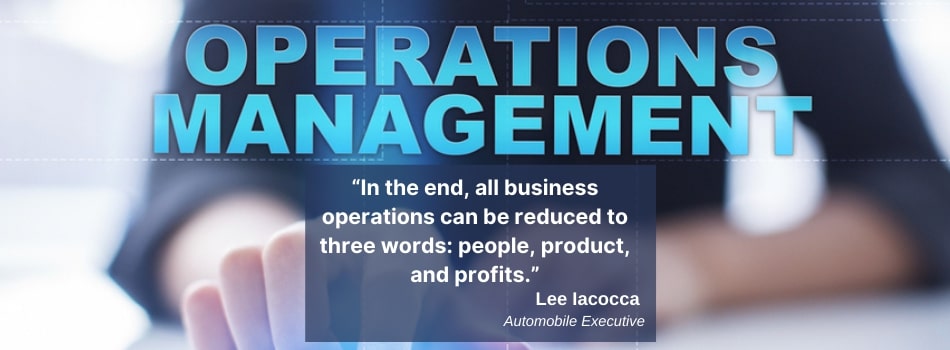
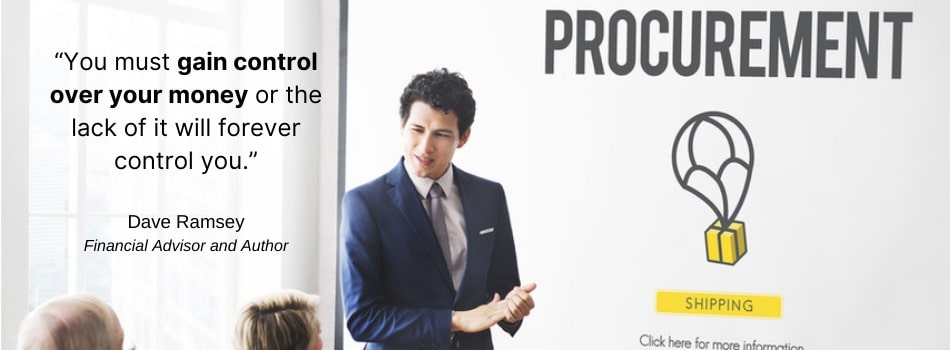
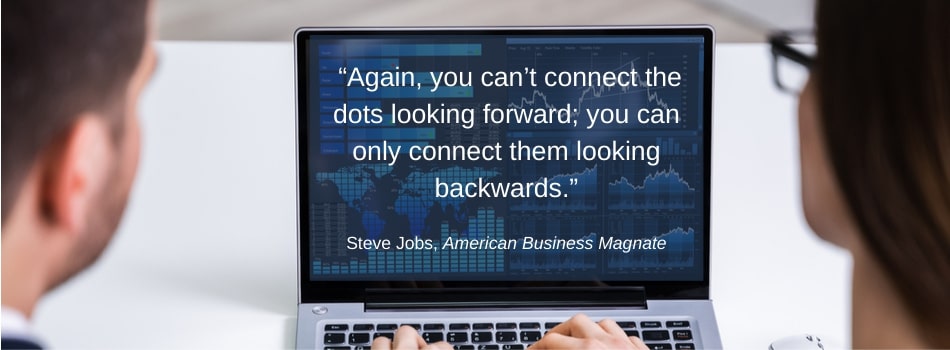
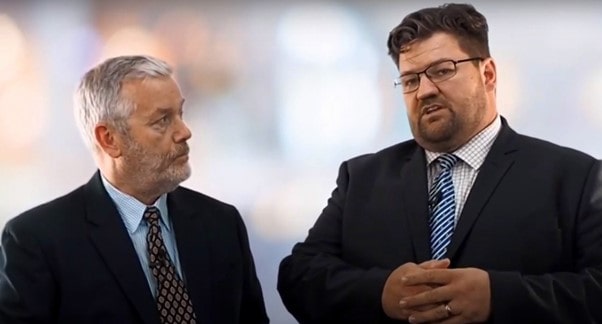

Very explanatory.
Thanks
Glad that it helps!
Thanks for insight.
Glad you like it!
Absolutely amazing and easy to follow. Thanks
Glad you liked it!